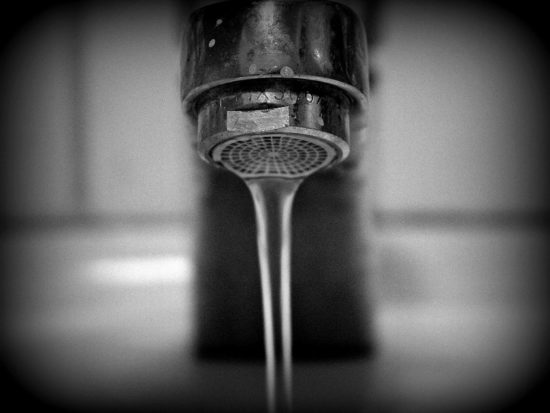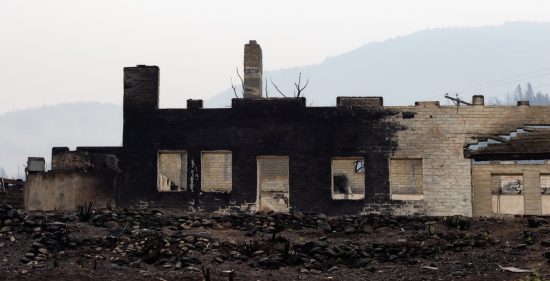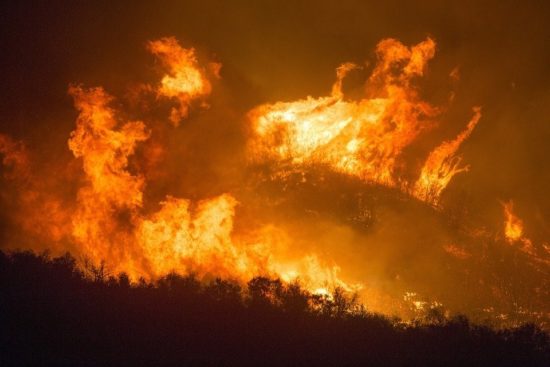An Algorithm Is Helping a Community Detect Lead Pipes
The model had shown promise in Flint before officials rebelled. Now Toledo is using it, while incorporating more public input. … more

The model had shown promise in Flint before officials rebelled. Now Toledo is using it, while incorporating more public input. … more

Lead contamination has long been recognized as a health hazard, particularly for the young. But a new study asserts that the extent of the problem is far bigger than previously thought, with one in three children worldwide – about 800 million in all – threatened by unacceptably high lead levels in their body. … more

Andrew Whelton’s latest study confirms that plastic drinking water pipes release benzene and other volatile organic compounds (VOCs) into the water supply when exposed to extreme heat. … more

This work outlines factors that influence wildfire-induced drinking water quality threats based on the findings from the Tubbs Fire (2017) and Camp Fire (2018) and explores scientific and policy issues. … more

Recent research illustrates the relationship between piping systems, wildfires, and contaminated drinking water. One key finding: plastic piping materials like polyvinyl chloride (PVC), high-density polyethylene (HDPE), and polybutylene (PB) were present in distribution networks affected by contamination… more

The relationship between piping systems, wildfires, and water quality has largely been silent throughout history. Only in the past decade, have concerns been raised on how certain piping materials contaminate water supplies when melted. … more

Top Piping Safety Researcher Urges Awareness & Action on Post-Wildfire Water Contamination When wildfires rage through areas with plastic water infrastructure, populations lose access to clean drinking water due to toxic contaminants that leach from the melted pipes. In recent years, wildfires such as the Tubbs Fire (2017) in Santa Rosa and the Camp Fire … more
The lead and copper rule was implemented in 1991 in response to the nearly 10 million lead water lines that existed in the US. Today, an estimated 6.1 million lead lines are still in service and are in dire need of replacement; as their existence poses the potential for lead contaminated water crises to the likes of … more